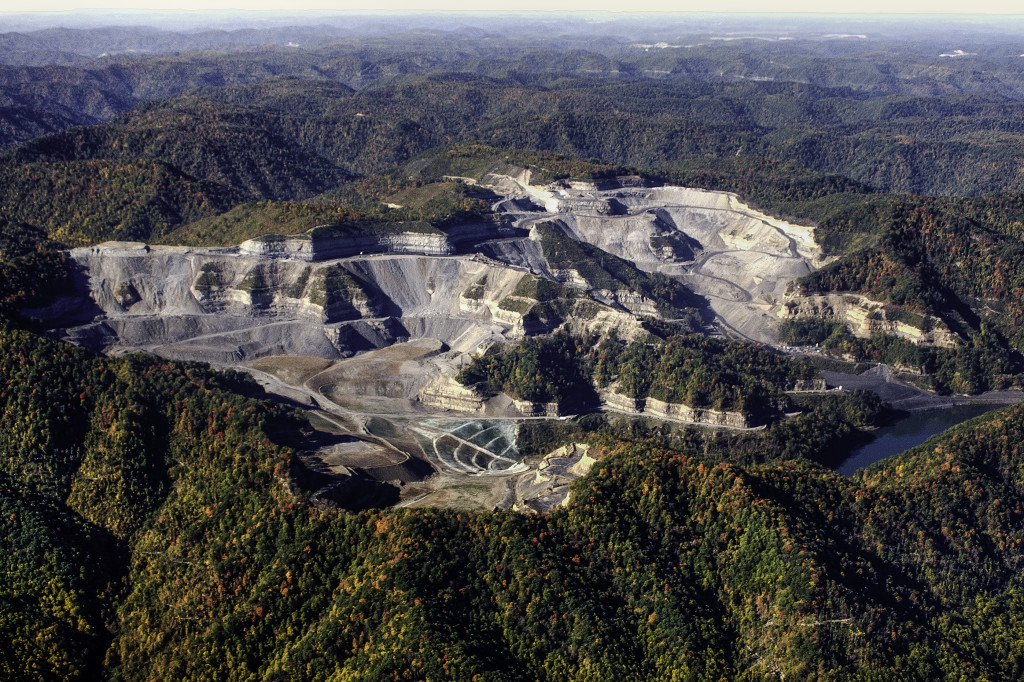Mountaintop removal is a highly controversial mining practice that involves blasting away the tops of mountains to access coal seams beneath. This method is often used in regions with steep topography and shallow coal deposits.
The Process
- Clearing the Area: Trees, vegetation, and topsoil are removed from the mountaintop.
- Blasting: Explosives are used to blast away the mountainside, creating a large, flat area.
- Removal of Coal: Coal is extracted from the exposed seams using heavy machinery.
- Valley Filling: The waste material from the mining process, often referred to as “spoil,” is dumped into nearby valleys, burying streams and forests.
Environmental Impacts
Mountaintop removal has significant environmental consequences:
- Habitat Destruction: The destruction of mountaintops and the filling of valleys can devastate ecosystems and biodiversity.
- Water Pollution: The process can contaminate water sources with sediment, chemicals, and heavy metals.
- Air Pollution: The burning of fossil fuels for mining equipment and the release of dust can contribute to air pollution.
- Climate Change: The extraction of coal, a major contributor to greenhouse gas emissions, contributes to climate change.
Controversy and Regulations
Mountaintop removal has been a subject of intense debate and controversy. Environmental groups and local communities have raised concerns about its negative impacts on the environment and human health.
In response to these concerns, regulations have been implemented in some areas to limit the practice and require mining companies to take steps to mitigate environmental damage. However, the debate over mountaintop removal continues, with supporters arguing that it is necessary to meet energy demands and create jobs.
Would you like to know more about the specific environmental impacts of mountaintop removal or the regulations that govern this practice?
